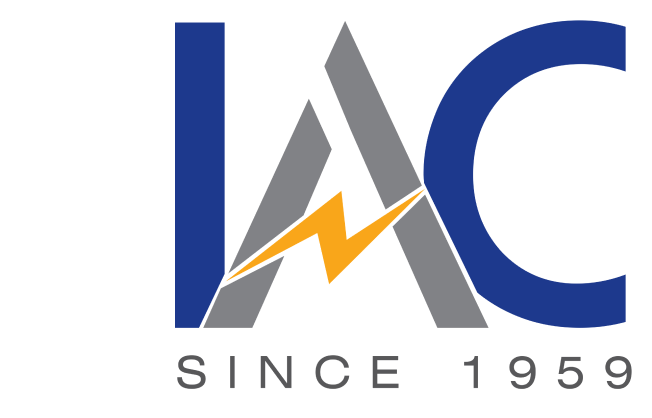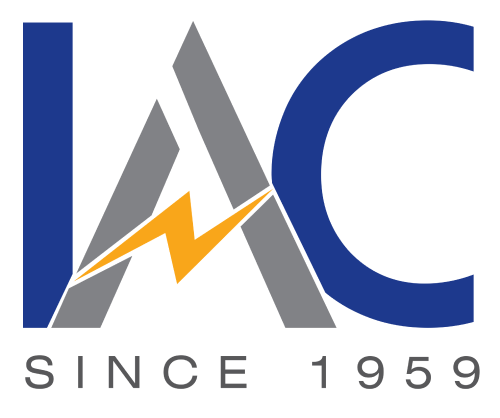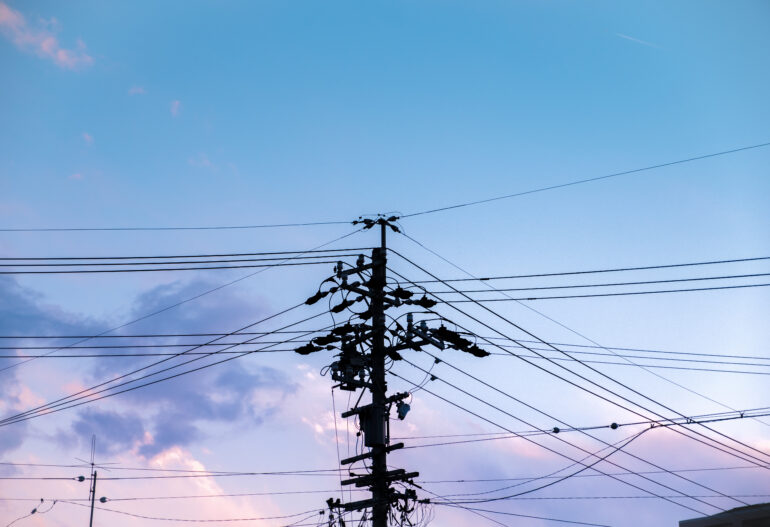When utility companies consider Overhead Distribution Lines vs Underground Distribution Lines, both their efficiency and reliability are taken into account from a broader perspective. Distribution Lines represent the last step in the electricity delivery system and transport power from substations to households, factories, and shops.
Above and below ground Distribution Lines both come with distinct advantages and problems to better understand which may be more suitable. Let’s understand how IAC Electricals offers you with the best distribution lines, which can be effective for installation in different regions. Utility companies and city planners have to make a critical choice staring them in the face.
Distribution Lines
Distribution lines are the important components of the electrical grid, which supports transporting the electricity over medium and low voltages to the end users. Based on the installation method, they can be differentiated as overhead distribution lines and underground distribution lines.
Overhead distribution lines mount on the poles above the ground, whereas the underground distribution lines are buried beneath the surface, cannot be seen and are protected from the environmental exposure directly.
Overhead Distribution Lines
Overhead distribution lines are commonly used in urban and rural areas, placed in utility poles or lattice towers, which makes them easily recognisable. The benefits of this distribution lines are;
- Lower installation costs, which makes these lines suitable for long distances.
- It can be maintained easily, detecting faults and repairing takes less time since it is accessible and lines are visible.
- Flexible and can be upgraded quickly during emergencies.
However, overhead distribution lines are vulnerable to harsh weather, like during storms, and lightning can cause power outages. The distribution lines are exposed wires and poles, which negatively impact the landscape. The falling wires can cause hazards to the people around.
Underground Distribution Lines
Underground distribution lines are highly preferred in modern developed areas that suit both aesthetics as well as safety measures with top priorities. These distribution lines are installed in conduits, ducts and buried beneath the ground. Benefits of using underground distribution lines are;
- Underground distribution lines are highly reliable and less exposed to environmental threats.
- It reduces the risks of accidental contact or damage.
- Since it is placed beneath the ground, it is ideal for smart city planning.
But installation of underground distribution lines costs high and requires insulation, excavation and specialised labour to get it done. It is difficult to maintain, fault detection is quite complex, and repairing is time-consuming.
Considerations for Reliability and Cost
When you are going to make a decision regarding choosing between the underground distribution lines and overhead distribution lines, ensure to balance the reliability and cost. Overhead distribution lines vary economically and are prone to disruptions.
On the other hand, underground distribution lines offer long-term reliability, with high maintenance cost. Varying on different areas, installation of various distribution lines can be done. For example, if the area has harsh weather conditions, in that case, underground distribution lines can be perfect.
Environmental Impact
For urban areas, it is favourable to install underground distribution lines, which helps to maintain the area aesthetically and reduces visual interference. Whereas overhead distribution lines can be perfect for rural or semi-urban areas to outweigh appearance and cost-effectiveness.
Summary
Overhead Distribution Lines are more affordable to implement and more flexible in their line routes. Conversely, Underground Distribution Lines provide enhanced power-line reliability and service dependability.
One certain characteristic of utility companies in the future remains to be the implementation of a more integrated blend between Overhead Lines and Underground lines, which are customised to the demands of a region. To pick the correct distribution lines, you can rely on IAC Electricals, which offers the highest quality in the products.
FAQs
1. What do you mean by distribution lines?
Distribution lines refer to the line that transports the power from substations to commercial, industrial and residential consumers.
2. Are overhead distribution lines more affordable than underground distribution lines?
Yes, overhead distribution lines are affordable because it is low maintenance, require fewer materials with minimal excavation and are easy to install.
3. Does installing underground distribution lines make them immune to power outages?
No, they cannot be completely immune to power outrages due to the faults in the cables, natural calamities like flood, or failure or equipment. However, underground distribution lines are less prone to weather-base issues.
4. Which distribution line is safe, overhead or underground?
Usually, underground distribution lines are safe as they reduce the accidental risk and less exposure to environmental hazards.
5. Can both distribution lines be installed in an urban area?
Yes, the urban areas can install both the distribution lines. Overhead distribution lines can be fixed in less dense areas and underground can be placed in high-density zones.






